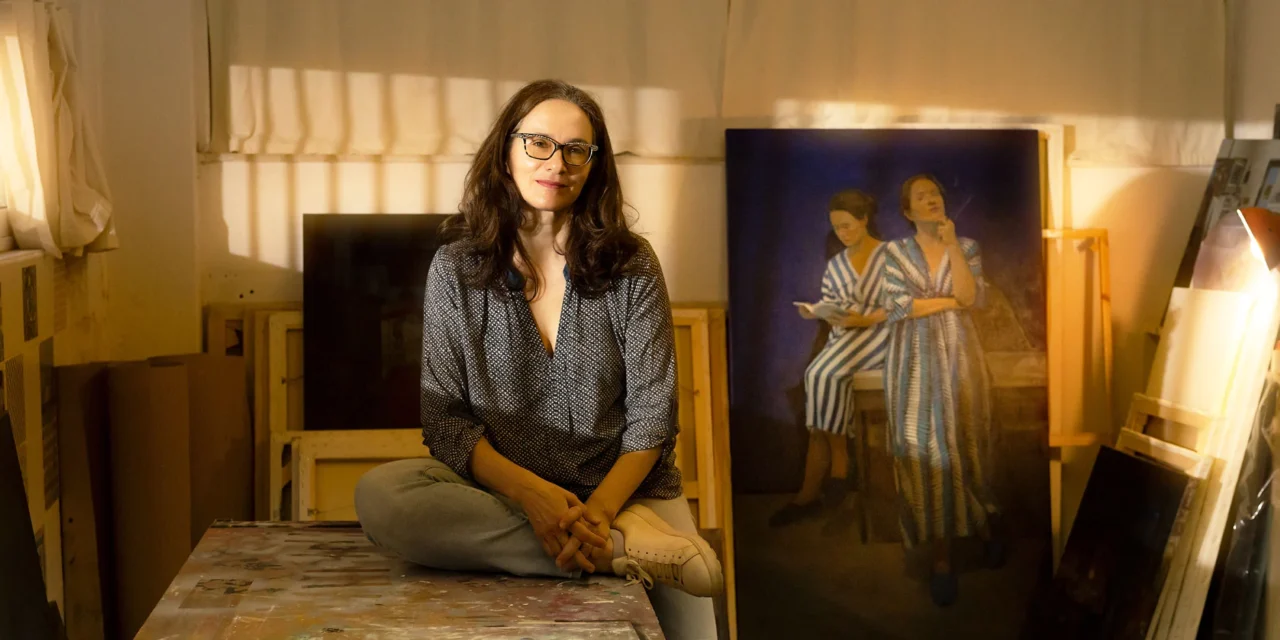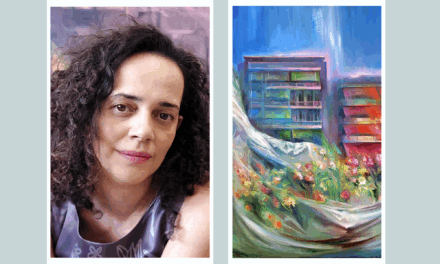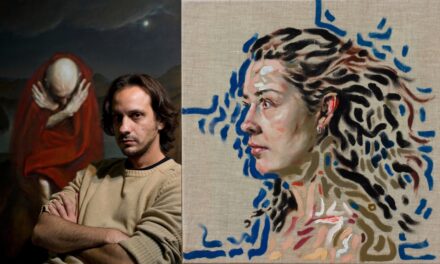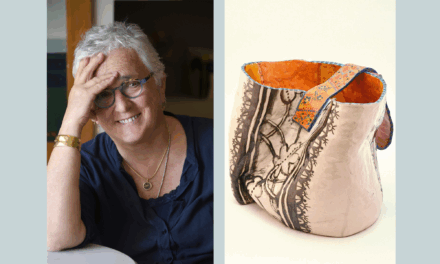Leda Contogiannopoulou’s paintings draw viewers into intimate interiors, capturing the warmth, mystery and gentle melancholy of nightfall. Through her subtle interplay of artificial and natural light, everyday spaces are transformed into stages of memory and imagination where the ordinary turns lyrical and the unseen quietly emerges.
Following her acclaimed exhibition The House of Memory (Benaki Museum, 2021), her new series Nights unfolds across four thematic groups: figures, urban landscapes, compositions, and interiors. Each work is illuminated by the poetic tension between light and shadow, evoking the intimacy and introspection that night inspires.
A painter of rare precision, Contogiannopoulou devotes herself to the careful construction of each composition. She respects tonal harmonies while infusing her forms with poetic resonance. Her canvases become stages where hidden stories and unspoken emotions subtly unfold, inviting the viewer on an inner journey—from the human gaze to the secret lives of objects, animated under nocturnal light.
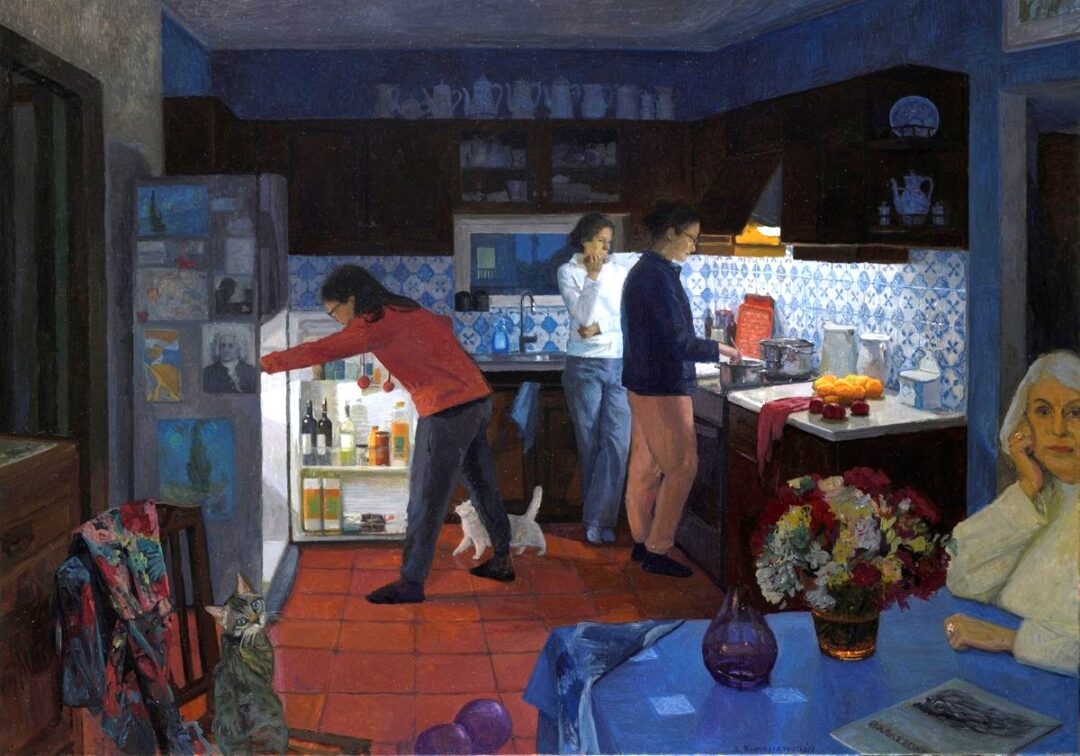
Born in Athens in 1971, Contogiannopoulou studied at the Athens School of Fine Arts (1995–2000) under Yiannis Psychopedis. She has held ten solo exhibitions and participated in numerous group shows, including Sotheby’s International Young Artists auctions (Amsterdam, Moscow, Tel Aviv) in 2003. Her works are represented in many private and public collections in Greece and abroad.
In conversation with Greek News Agenda*, Contogiannopoulou reflects on the intimacy of interiors, the poetry of nocturnal light and the personal memories that quietly inhabit her paintings.
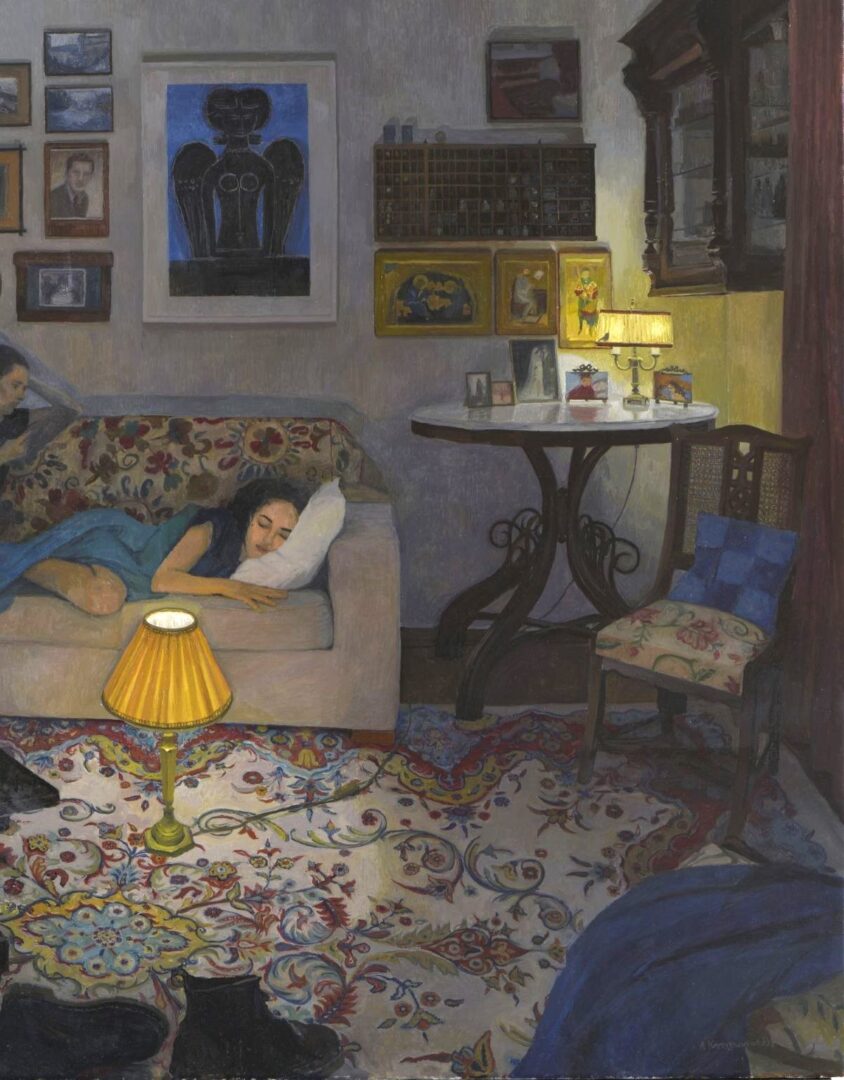
Your latest exhibition, Nights, explores the nocturnal. What makes the night so compelling for you?
The paintings came first. Only later—while searching for a title—did I realize that evening light was the common thread running through them all. Nightlight feels softer and more welcoming to me than the harsh brightness of the Greek sun.
Your paintings often resemble carefully staged narratives of everyday life. What elements—conscious or unconscious—find their way into them?
Usually, a scene comes to mind first—often set in a familiar space, surrounded by furniture, figures, and decorative objects I know intimately. The people I depict also feel close to me, since they are often drawn from my immediate family or circle of friends.
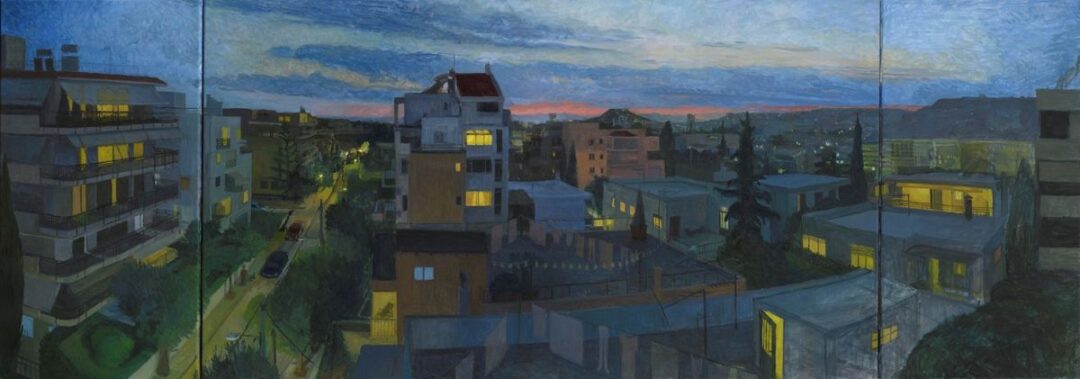
Interior spaces frequently appear in your work. What makes them so significant to you?
Interiors allow for more complex compositions than any other subject I’ve pursued. At the same time, subdued lighting creates subtle tonal shifts that deeply challenge me, recalling the unease I once felt as a student preparing for admission to the School of Fine Arts. These qualities—the intricacy of the composition and the particularity of the lighting—make such works both demanding and rewarding. Beyond this, I find joy in painting scenes that evoke the warmth and comfort of childhood. After all, a person’s true homeland is their childhood.
We often recognize familiar faces in your paintings. To what extent do these figures become autonomous from reality once they appear on your canvas?
Every figure serves the needs of the composition and thus becomes detached from reality. Yet for practical reasons, I often choose people I know well—my daughter, close friends. Perhaps that is why a sense of intimacy inevitably seeps into the paintings.
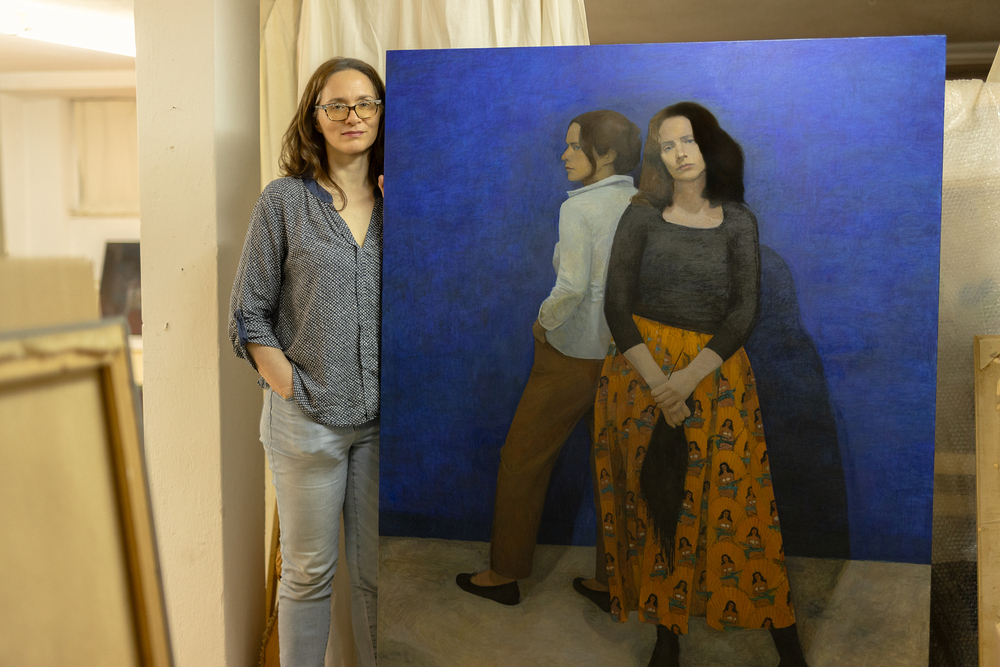
What role does light play in your paintings? Why do you favor artificial light?
Light is essential to painting. I prefer artificial light for many reasons. My studio is a semi-basement facing north, so I had to work under lamps from the beginning. I soon realized how convenient this was: I paint slowly and sunlight changes too quickly. When I began painting interiors—often as a way of recording homes—I worked with natural light. Sometimes I wanted to prolong my time in beloved houses, such as those of Tetsis and Seferis, so I invented new compositions rather than repeat myself. This was how I first experimented with nightlight in interiors, and I discovered it to be far more compelling.
To what degree do you see yourself reflected in your paintings?
Willingly or not, aspects of a painter’s personality always filter into the work—if not the whole personality itself. The attention to detail and sense of order visible in my paintings are also traits of my character. Likewise, the interiors I depict are either spaces I am connected to or spaces I feel I could be connected to. Without that emotional connection, it is difficult for me to begin a painting.
*Interview by Dora Trogadi
Artist’s photos © Tasos Anestis
TAGS: ARTS

